Product Description


Senufo Dancer Figure – Mali
This delicately hand-carved dancer figure originates from the Senufo people of Ivory Coast, Mali, and Burkina Faso. The figure was once a benevolent symbol of conduit to the departed, but also a crucial prop in both commemorative ancestral rites and in initiations. It has preserved its authenticity, surface, and a smooth aged patina.
Made of 100% wood, fiber.
Model is W 14 – H 63 and weight 2 kg.
Description
This delicately hand-carved dancer figure originates from the Senufo people of Ivory Coast, Mali, and Burkina Faso. The figure was once a benevolent symbol of conduit to the departed, but also a crucial prop in both commemorative ancestral rites and in initiations. It has preserved its authenticity, surface, and a smooth aged patina.
The Senufo of northern Côte d’Ivoire produces a rich variety of sculptures, mainly associated with Poro, a society guided by a female ancestral spirit known as “the Ancient Mother.” All adult Senufo men belong to Poro, and the society maintains the continuity of religious and historical traditions. During initiation, young men are instructed through the use of sculptural figures. Some with massive bases are carried in procession by initiates, who swing them from side to side and strike the earth to call ancestral spirits to join the rites. Statues of the Ancient Mother, the spiritual mother of the initiates and the community, are kept in a sacred grove. Several types of mask are used in conjunction with Poro. Kponyugu masks exhibit many variations in name, style, animal references, and symbolism. Their iconography—a composite of a wide range of animals—refers to the origin of the world, to important legends, and to the roles of certain animals in carrying out obligations to ancestors and nature spirits. The kpelie masks, small human faces with delicate features, represent female spirits and encode aspects of Poro knowledge. Both types of masks are involved with initiation and also perform at funerals, where they help encourage the soul of the deceased to move on to the ancestral realm.
Additional information
| Weight | 2 kg |
|---|---|
| Dimensions | 14 × 63 cm |
Leave a reply Cancel reply
Returns and Exchanges
There are a few important things to keep in mind when returning a product you purchased.You can return unwanted items by post within 7 working days of receipt of your goods.
- You have 14 calendar days to return an item from the date you received it.
- Only items that have been purchased directly from Us.
- Please ensure that the item you are returning is repackaged with all elements.
Ship your item back to Us
Firstly Print and return this Returns Form to:
30 South Park Avenue, San Francisco, CA 94108, USA
Please remember to ensure that the item you are returning is repackaged with all elements.
For more information, view our full Returns and Exchanges information.

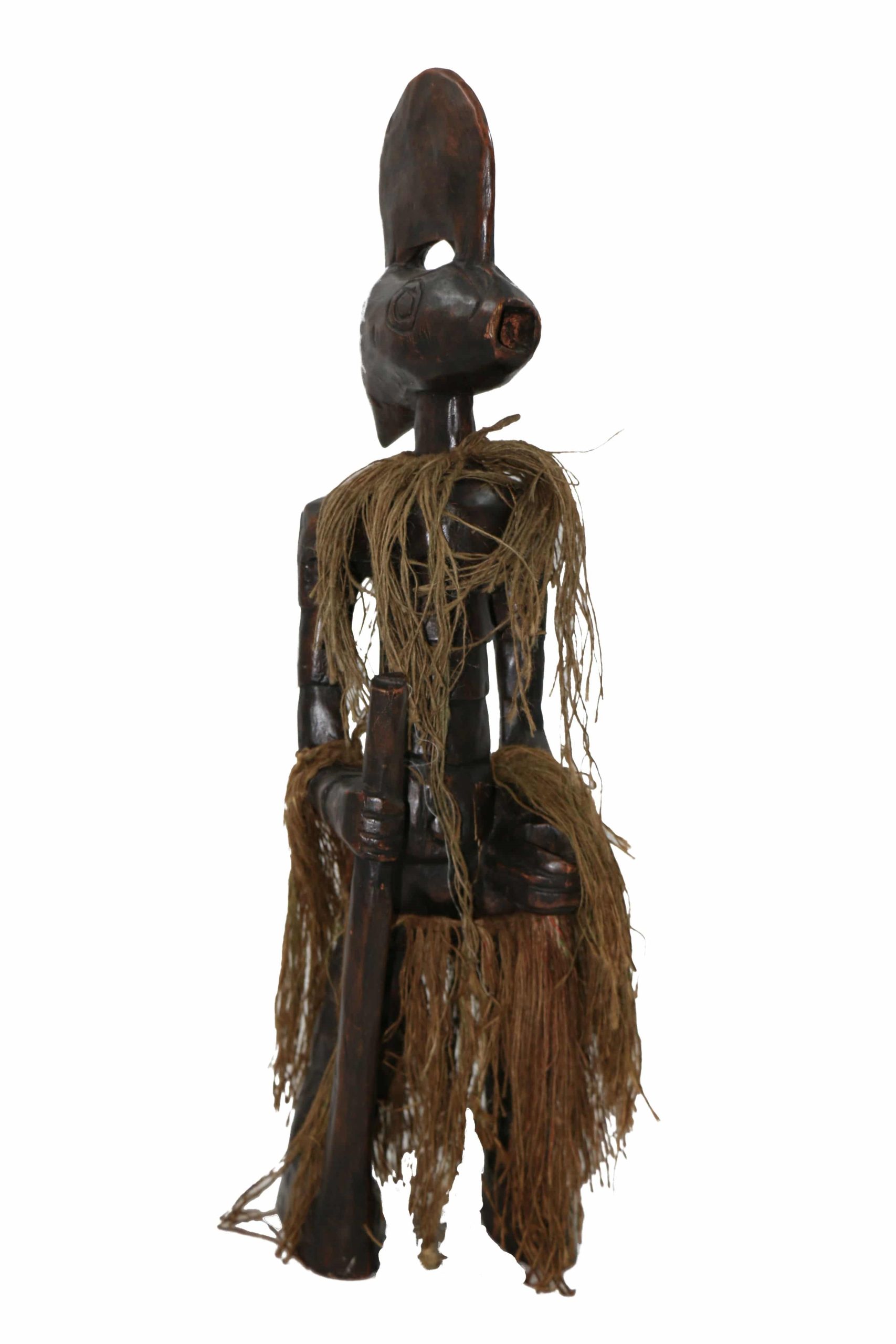
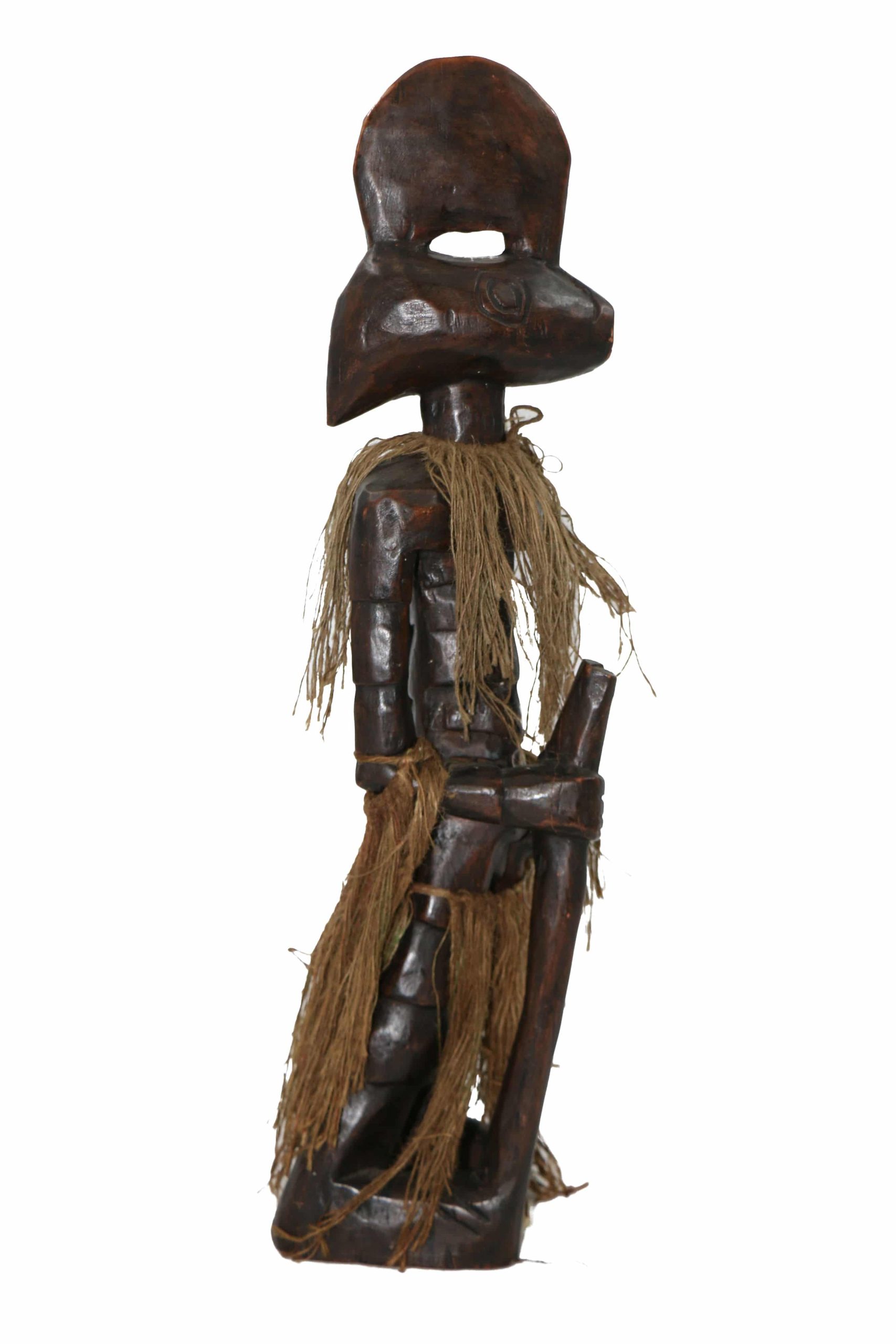
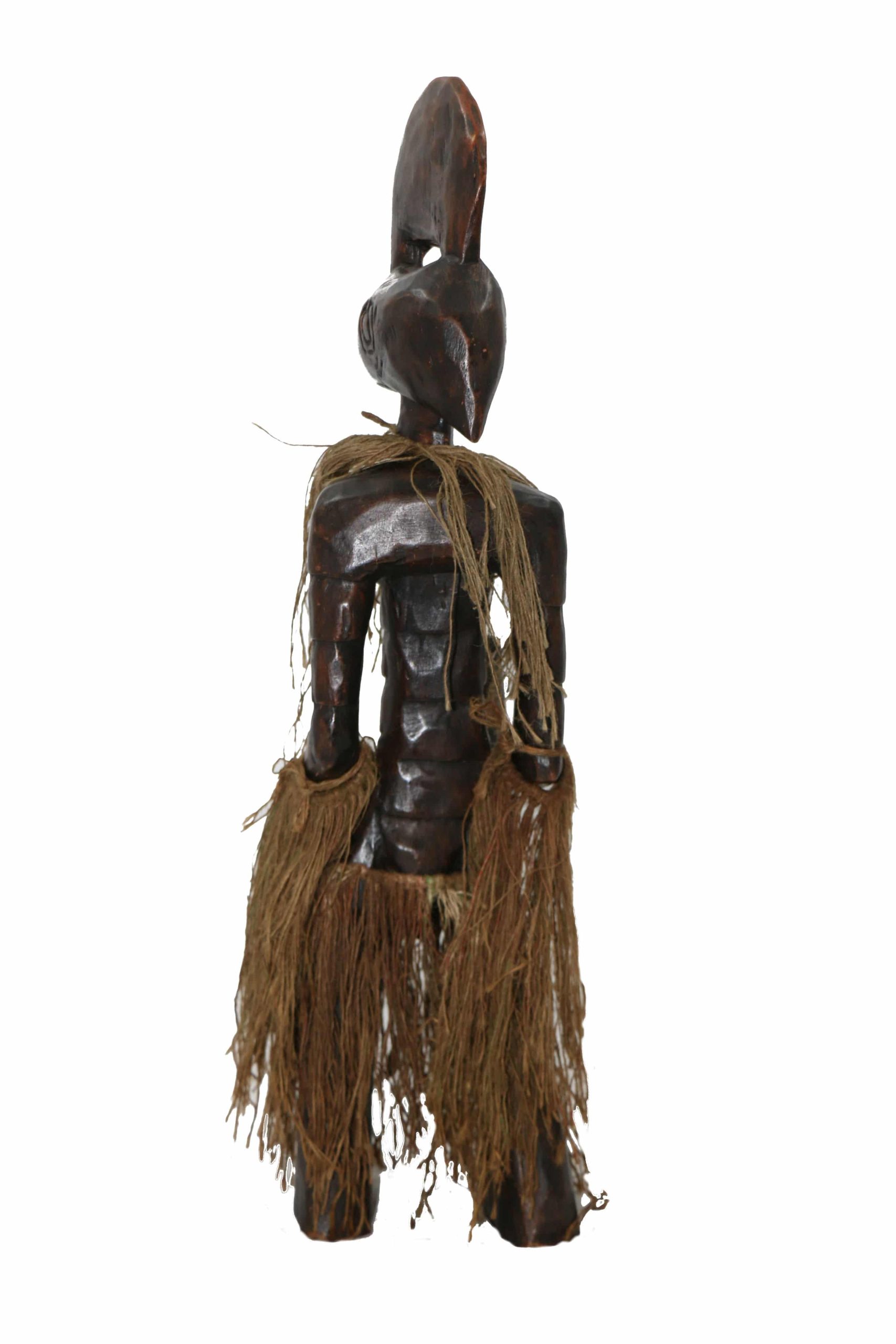
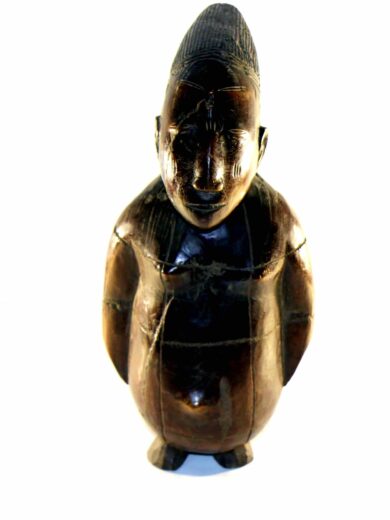
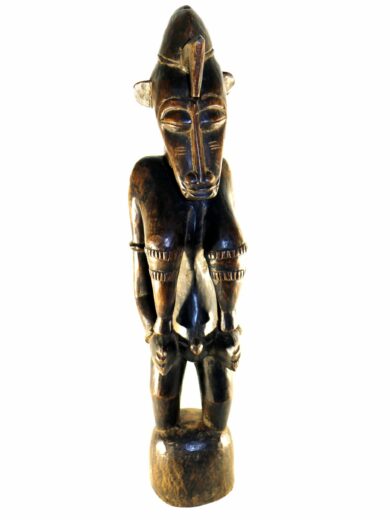
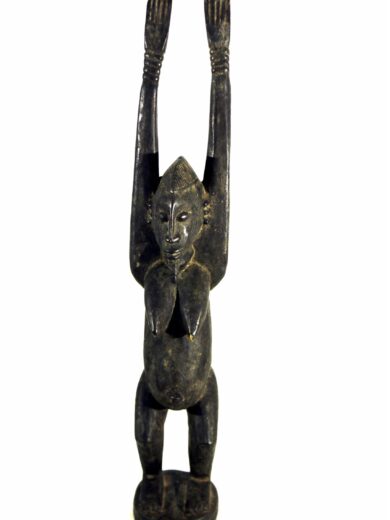
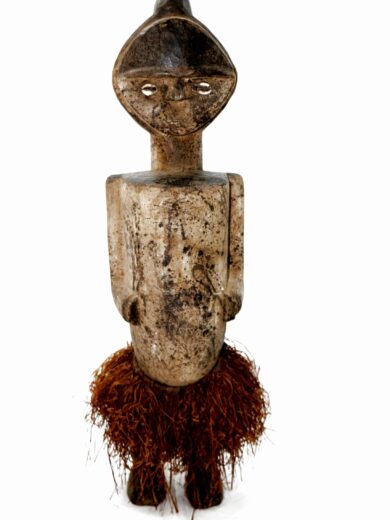
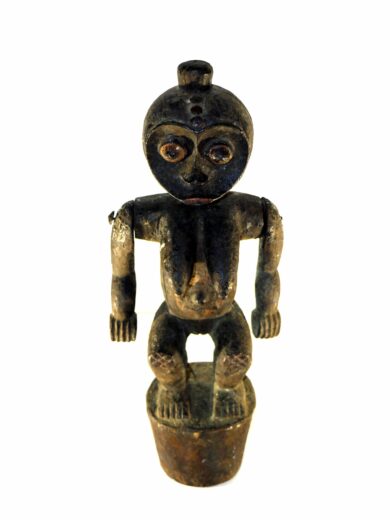
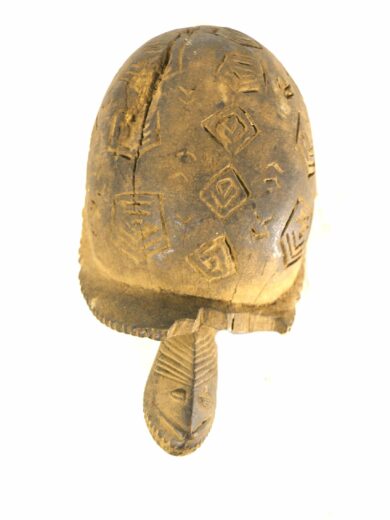
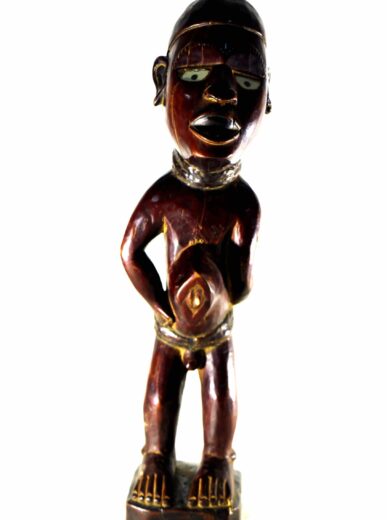

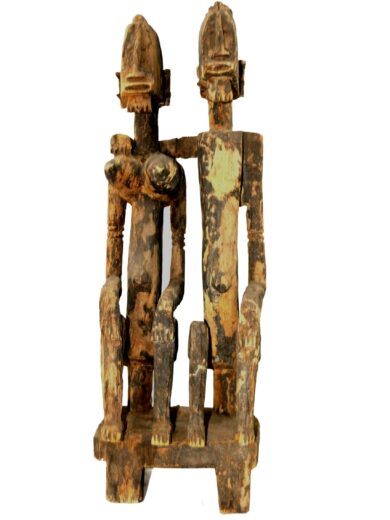
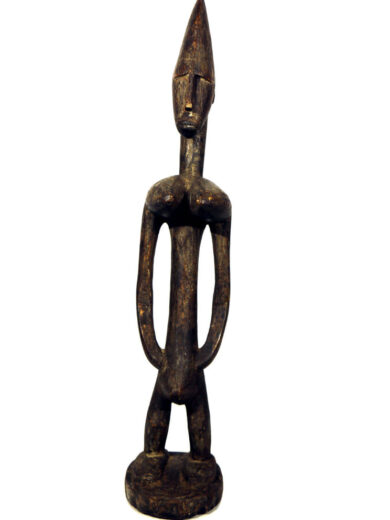

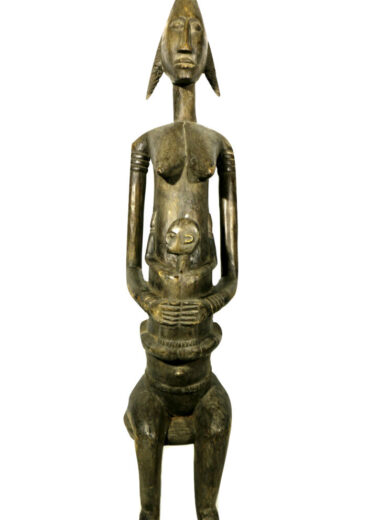
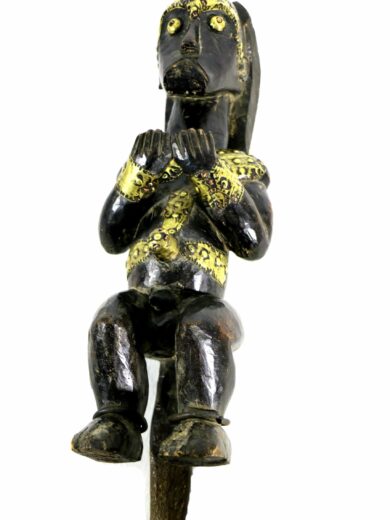
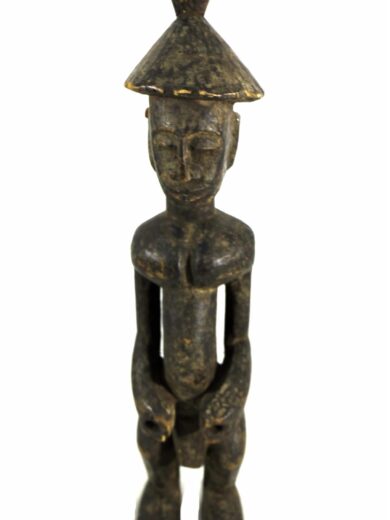
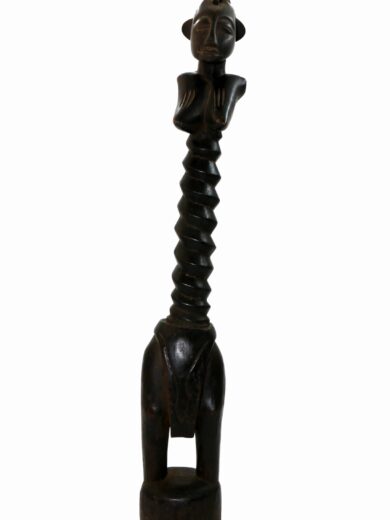
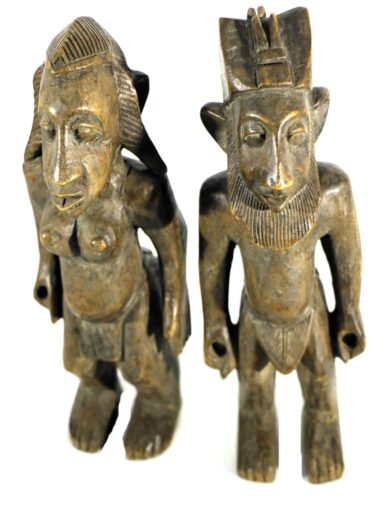
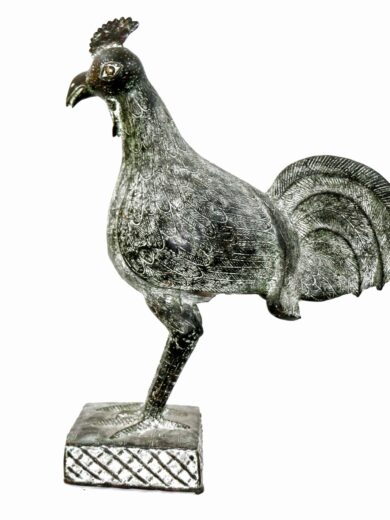
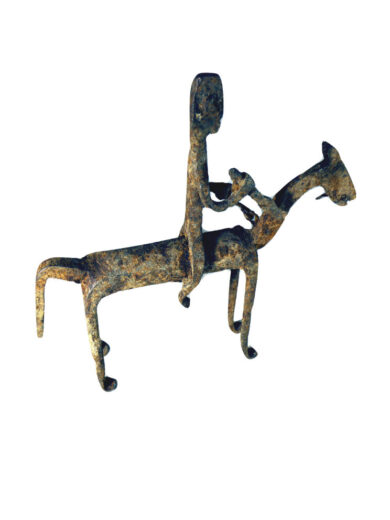
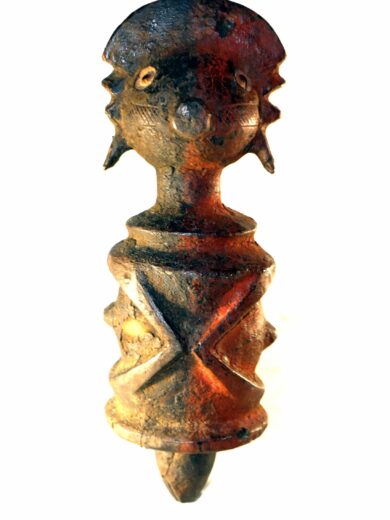
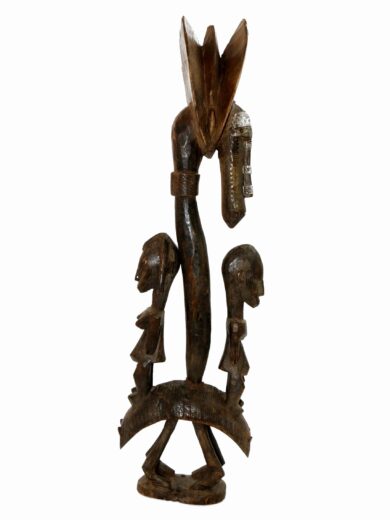
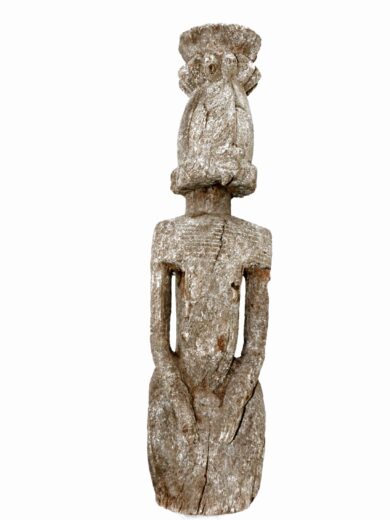
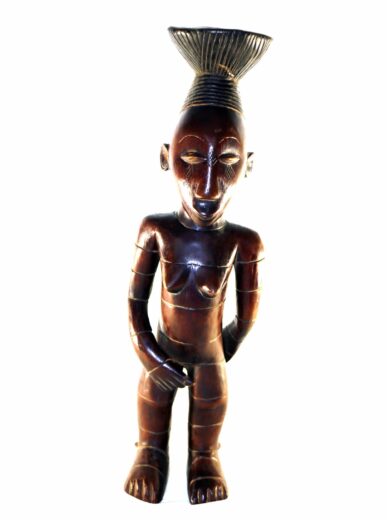
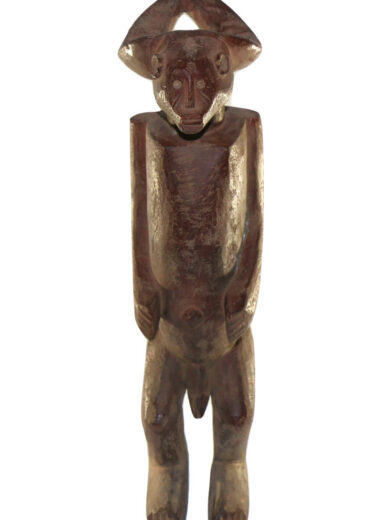
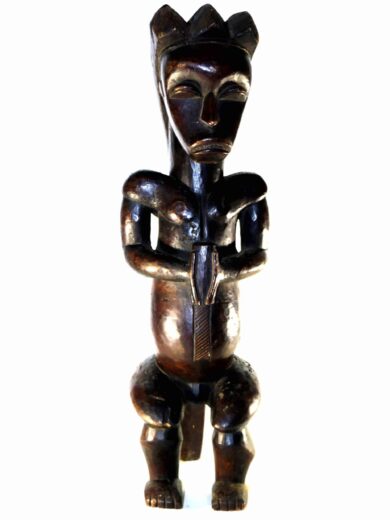

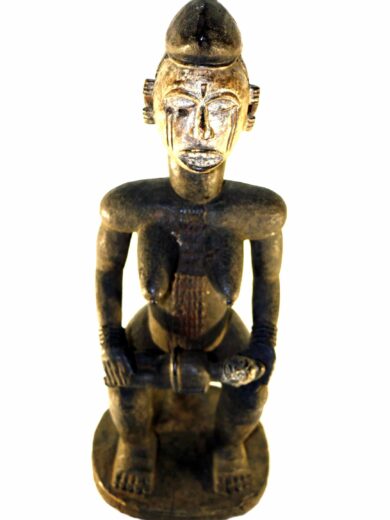

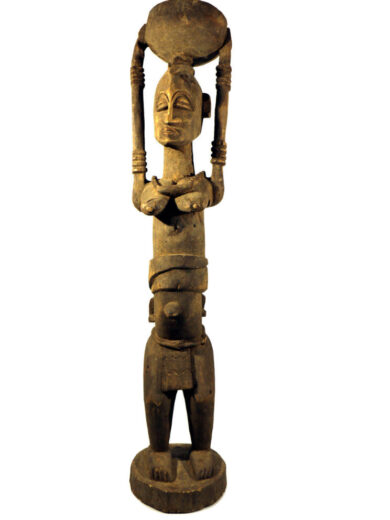
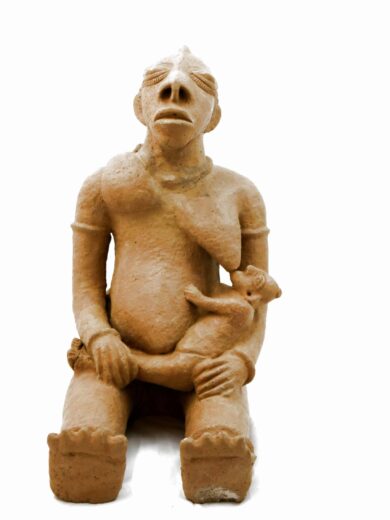

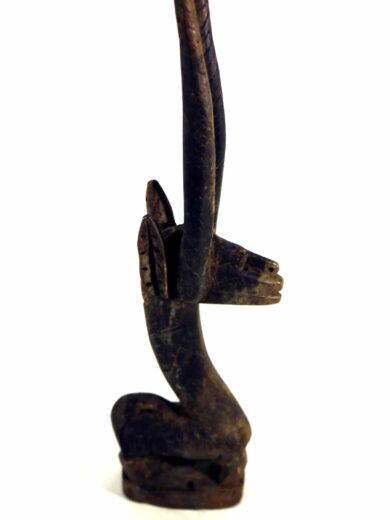
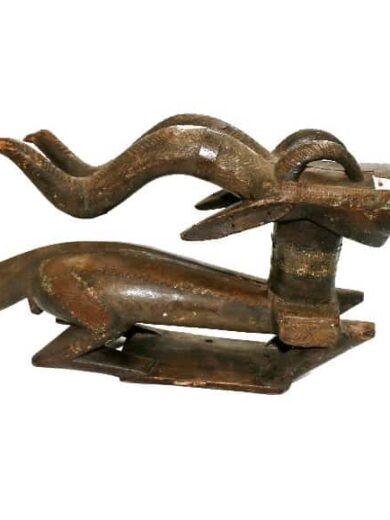
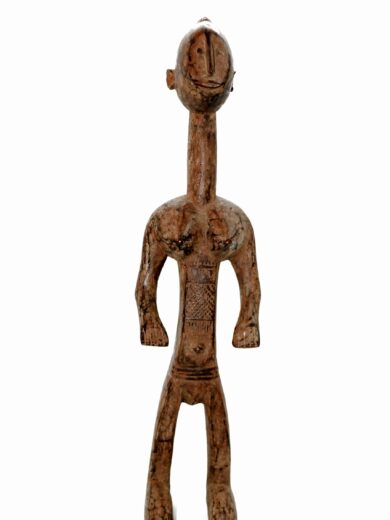
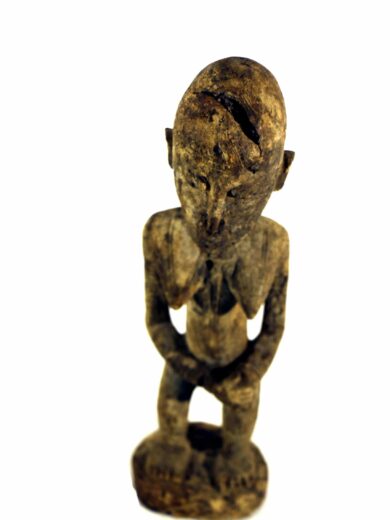
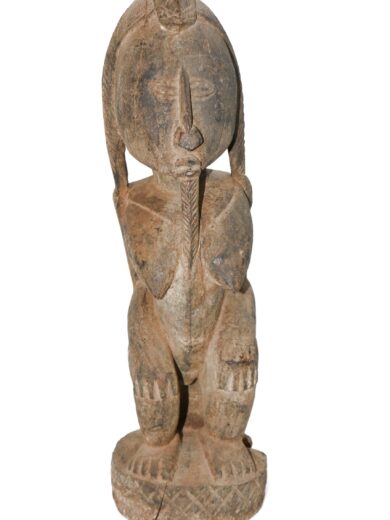
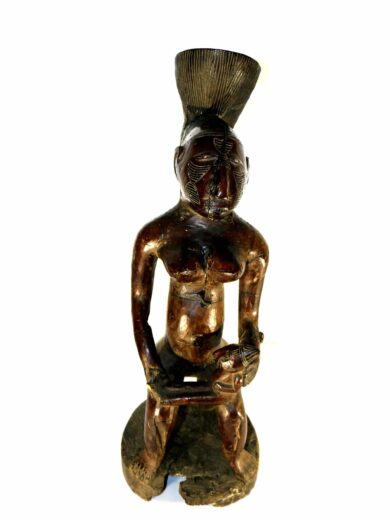
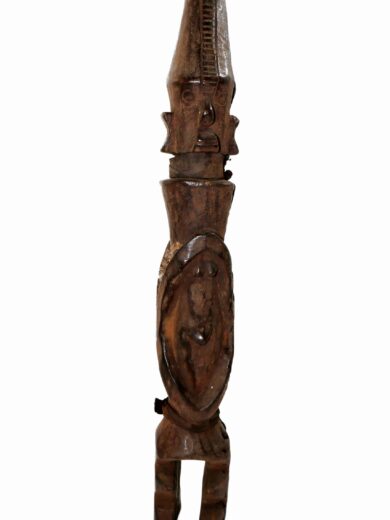
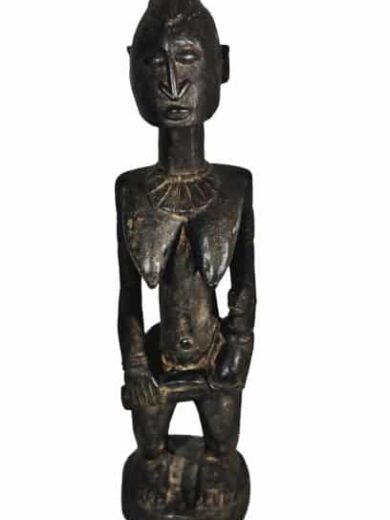
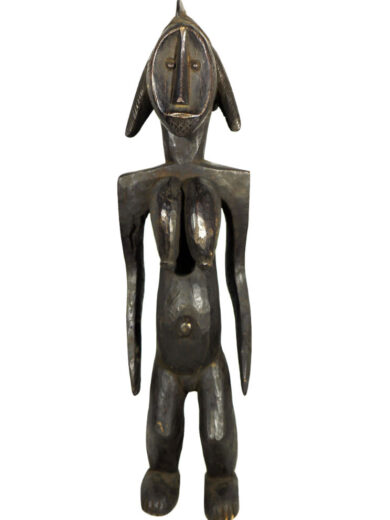
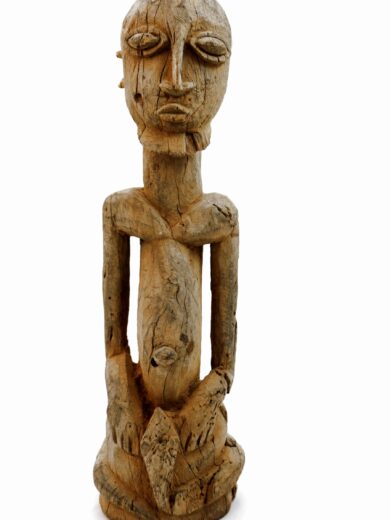
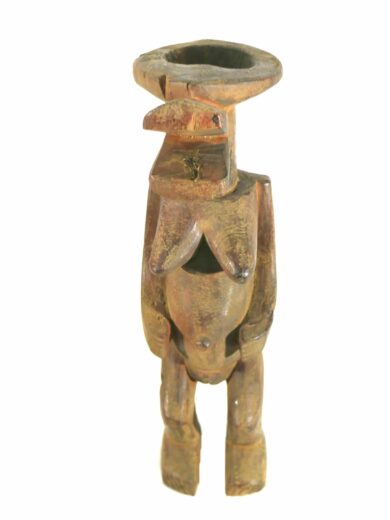
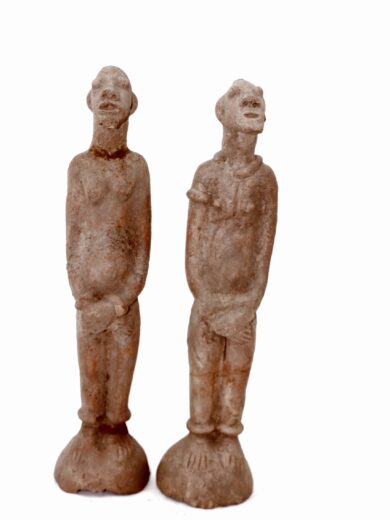
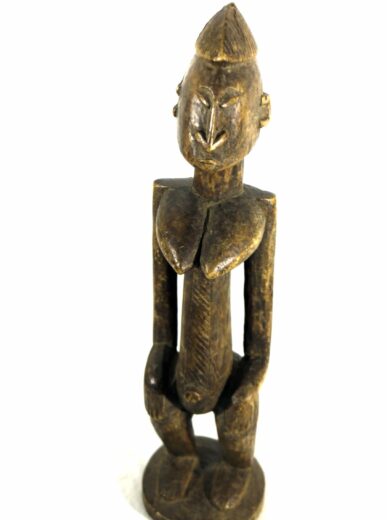
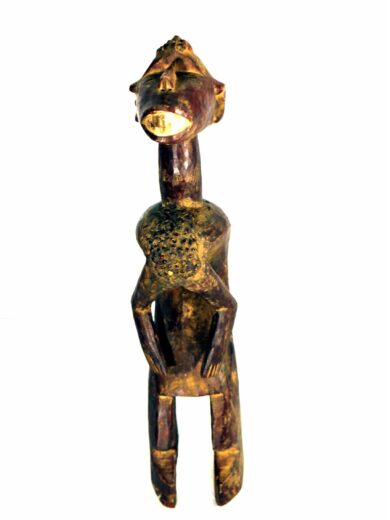
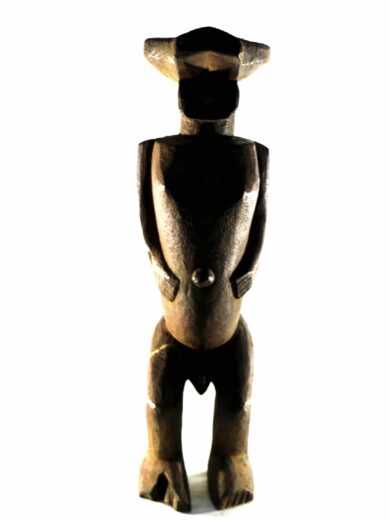
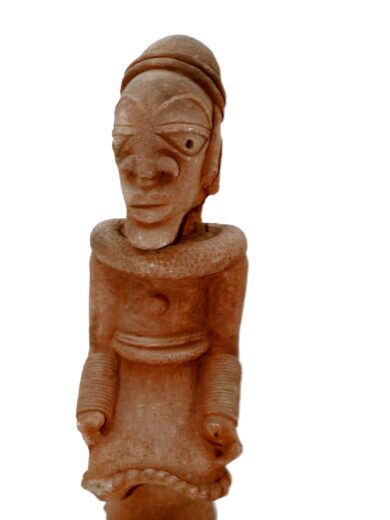

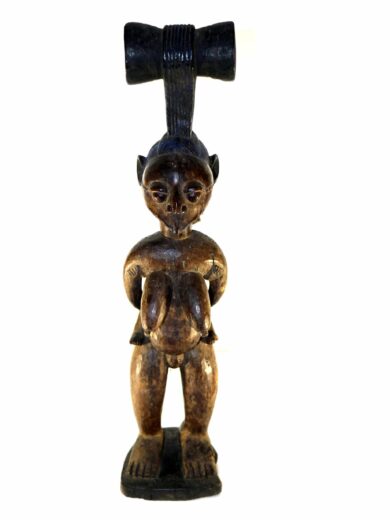
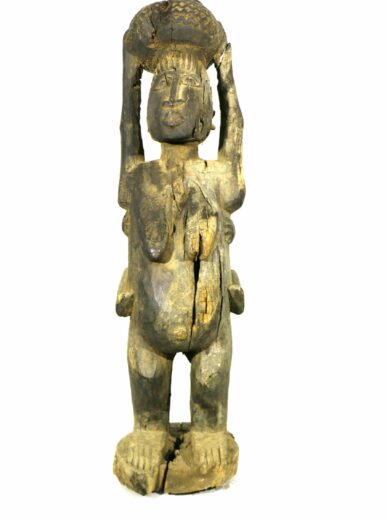
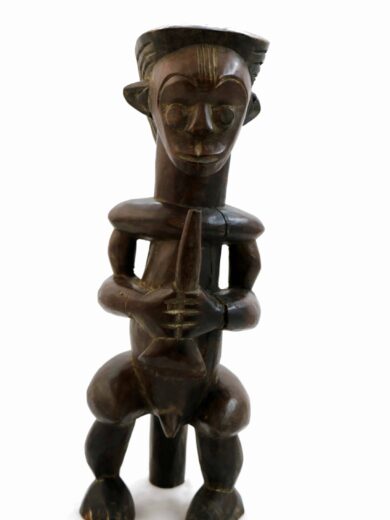

Reviews
There are no reviews yet.